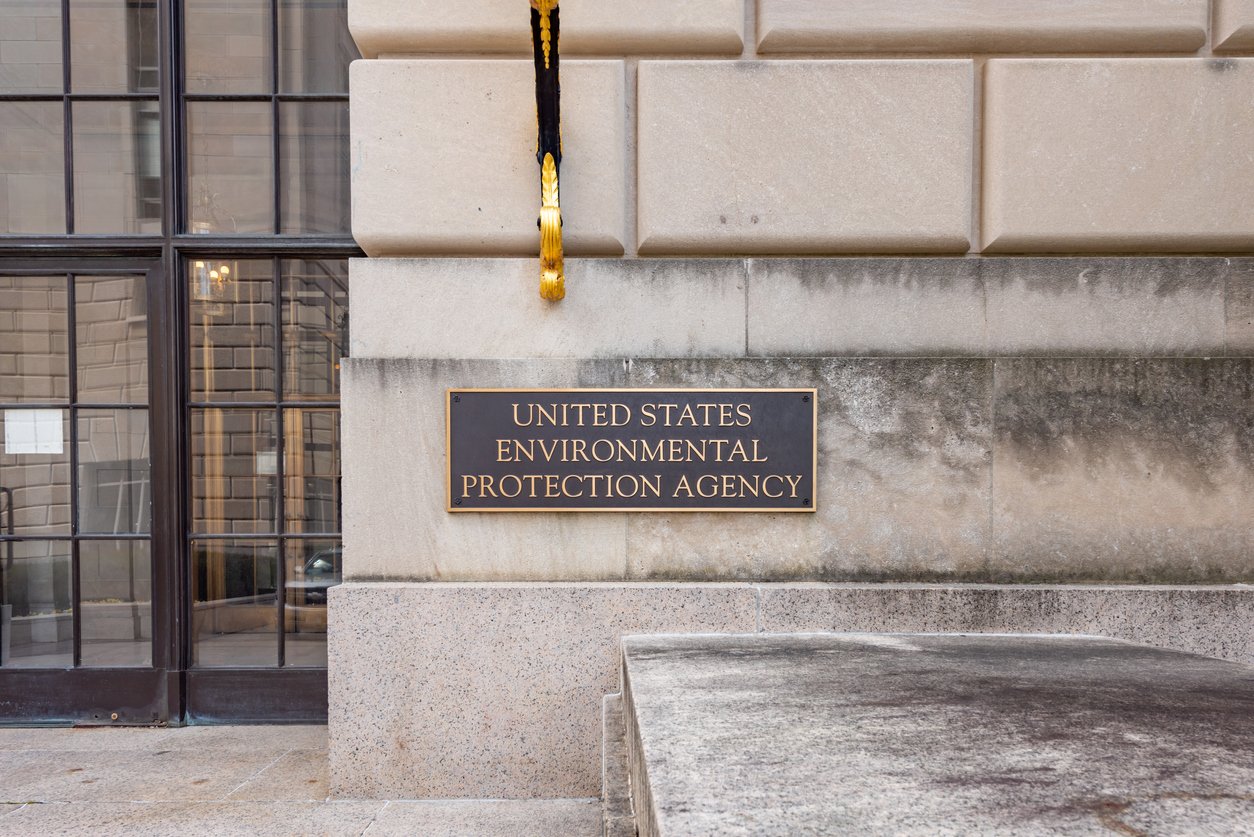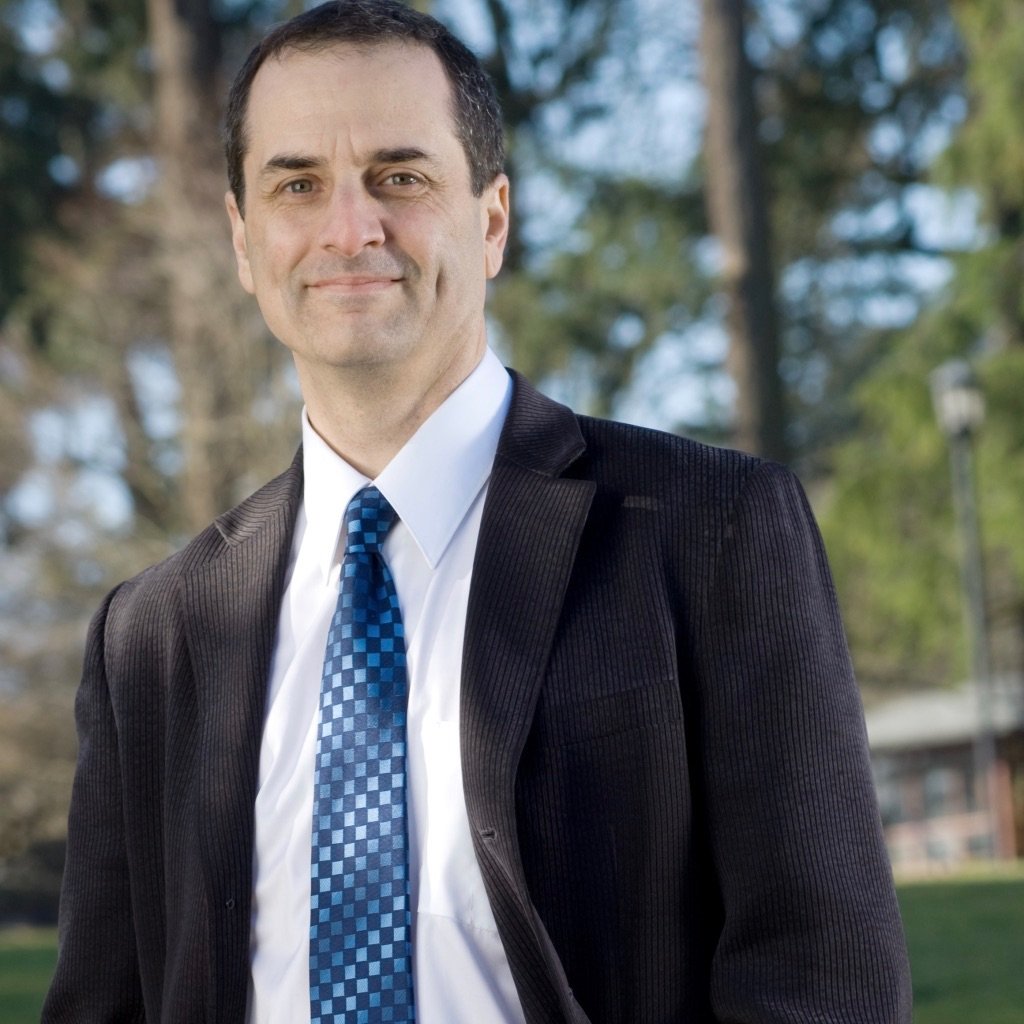A Look at EPA History: Environmental Wins and Remaining Woes

There’s an iconic moment in the hit TV series Mad Men where the protagonist, Don Draper, takes his family to a park for a picnic. When they get up to leave, Don tosses his beer can into the trees while his wife, Betty, shakes out their picnic blanket covered in trash onto the grass. They pack up and drive off, leaving the litter behind.
This scene is shocking to a 21st-century audience. The complete lack of awareness on the part of this fictional 1960s family gives us a glimpse into a different world, a world before public awareness about the environment led to the demand for government action to protect the environment, the world before the U.S. Environmental Protection Agency (EPA).
Why Was the EPA Created?
During the 1960s, environmental activists grew increasingly outspoken about the need for greater government involvement in the actions of major businesses as they impacted the environment.
While PSA campaigns like “Keep America Beautiful” were effective at changing littering behavior at the level of families and individuals, environmental activists pointed out that these campaigns also helped support “corporate greenwashing.” By implying that it was primarily the individual’s responsibility to change behavior, this ignored the underlying business practices that created more and more waste and pollution.
Who Started the EPA?
In 1970, as oil spills, auto exhaust, and trash filled the air and waterways of the United States, the Environmental Protection Agency was created under the Nixon administration. The EPA’s stated mission is “to protect human health by safeguarding the air we breathe, water we drink and land on which we live.” In practical terms, the EPA is charged with implementing and enforcing the environmental protection laws passed by Congress. Let’s see how this worked in the cases of air and water pollution, and climate change.
The Introduction of Major Environmental Policies in the US
The United States began its experiment with national environmental regulation 50 years ago.
Before 1950, there were
- no major federal legislation controlling the discharge of pollutants into the air and water,
- no national regulations covering the disposal of hazardous waste onto land,
- no process for reviewing new chemicals, only a limited procedure for registering new pesticides,
- no protection for endangered species.
Before 1970, the states had sole responsibility for pollution-control activities, but even at the state level, serious efforts at environmental protection have only a short history. Oregon initiated the first statewide air pollution control effort in 1952; only California mandated tailpipe emission standards for cars by 1970. In the late 1950s and 1960s, as national attention began focusing on environmental problems, pressure began to build for change.
On April 20, 1970, Americans celebrated Earth Day for the first time. In addition, that year, motivated by increasing public awareness, dissatisfaction with slow state regulatory efforts, and little improvement in the pollution performance of U.S. cars, the U.S. Congress struck out on a different, centralized environmental road. The Clean Air Act (CAA) amendments of 1970 embraced a new philosophy in which minimum standards for air pollution control for the entire nation would be set in Washington. During the remainder of the decade, a similar approach was adopted for water pollution, solid and hazardous waste disposal, and chemical and pesticide registration.
The Clean Air Act (CCA) Amendments
Major amendments to the CAA occurred in 1970, 1977, and 1990 and have shaped the national regulatory framework. The CAA (as amended) mandates a safety standard.
Standards are to be set to “provide an adequate margin of safety . . . to protect the public . . . from any known or anticipated adverse effects associated with such air pollutants in the ambient air.” Congress explicitly ruled out a consideration of costs and benefits in the attainment of this goal.
Completely safe levels of many pollutants, short of zero discharge, do not exist. One of the difficulties the EPA has had in implementing the CAA has been in hammering out a politically acceptable definition of safety.
The CAA distinguishes two types of air pollutants.
- First are the so-called criteria (or common) urban air pollutants: particulates, sulfur dioxide, carbon monoxide, nitrogen oxide, ground-level ozone (smog), and lead. All these pollutants generate a variety of respiratory and heart-related problems, some contribute to cancer and neurological diseases.
- In addition to the criteria pollutants, Congress was also concerned about other less common air pollutants, which are also carcinogenic or interfere with reproductive, immune, or neurological systems. These pollutants, now called hazardous air pollutants or air toxics, are also regulated under a safety standard, but in a different manner compared to the criteria pollutants.
The CAA may play one final, critically important regulatory role in the United States: reducing greenhouse gas emissions. The CAA legislation originally passed back in 1970 and was focused on reducing urban air pollution—smog—emitted from car tailpipes and factory and power plant smokestacks. This was before anyone, including members of Congress, had even heard of global warming. Yet, this 50-year-old law has now become the principal mechanism for national policy to address climate change.
Global warming was first identified as a major environmental issue in the late 1980s. In the 30 years since then, Congress took only one major step to address the issue. In 1992, on a bipartisan basis, the U.S. Senate ratified a climate treaty negotiated by Republican President George H.W. Bush; the UN Framework Convention on Climate Change (UNFCCC).
This enabled the United States to be a party to the ongoing international efforts to address climate change, leading finally to the Paris Climate Agreement in 2015, which was signed by President Obama. Under Obama, the EPA finally began to pass regulations to reduce global warming pollution to help meet the Paris targets. The legal basis? The Clean Air Act's mandate is to protect the public from air pollution. As with other environmental rules, President Trump rolled back Obama's initiatives, but the EPA must eventually act on climate as they are legally required to do.
Did These Efforts Reduce Air Pollution?
For most Americans, the air we breathe today is substantially cleaner than it was in your grandparents' generation. Except for ozone, an impressive headway toward reducing absolute concentrations of the criteria air pollutants has been made; for lead, the gains have been quite spectacular. And this is despite economic output in the country more than doubling over the last 50 years.
In many areas, however, some of the National Ambient Air Quality Standards are still violated, at least during parts of the year, and by far, the biggest offender is ground-level ozone (commonly called smog), not to be confused with the helpful ozone in the upper atmosphere that shields the U.S. from ultraviolet rays. And, on the global warming front, the Obama administration was just beginning to roll out major climate policies before Trump’s election and a course reversal.
The Clean Water Act and Federal Water Pollution Control Act
The first national water pollution law was passed in 1899. Its simple intent was to prevent industries from disrupting navigation by clogging rivers and streams with sludge, sawdust, or fiber. There was little national activity beyond this until the 1950s and 1960s, when the federal government began assisting and encouraging states to develop their own pollution standards. In 1972, however, Congress opted for a centralized strategy with the passage of the Federal Water Pollution Control Act (FWPCA). In combination with the Clean Water Act of 1977, this legislation provides our basic water pollution framework.
FWPCA laid out an ambitious safety-based goal: the achievement of fishable and swimmable waters by 1983. However, the legislation set its sight beyond this charge, which we might consider a reasonable safety standard (the elimination of “significant” risk). FWPCA, in fact, called for the elimination of all risks—zero discharge of pollutants into navigable waters by 1985. Needless to say, this last goal has not been met. Finally, the act prohibits the discharge of “toxic materials in toxic amounts,” another ambiguous phrase that has provided grist for the regulatory lawyers’ mill.
Individual states are left to draft their own water-quality emissions guidelines. For consistency with the FWPCA, they must be sufficiently strict to allow swimming and some types of fishing. However, states are free to draft stricter regulations, for example, to protect water habitats or undeveloped rivers.
Did These Efforts Improve Water Quality?
When it comes to water quality, forward progress has been less dramatic than with air quality but still consistent. The percentage of assessed water bodies meeting designated use standards (e.g., safe for swimming and fishing) increased from about 30% in the early 1970s to over 60% by the 2000s.
At the same time, nearly half of the rivers and streams across the U.S. are still considered too polluted to meet quality standards for swimming, recreation, aquatic life, fish consumption, or as drinking water sources.
Thousands of fish “advisories” exist nationwide, for which estimated cancer risks from occasional fish consumption (one or two meals per month) are significant. People who depend heavily on fish from inland waters—including some Native Americans and rural populations—face substantial additional risk. Similar mixed stories emerge from recent data on pesticide and nutrient concentrations in the nation’s streams and rivers.
Overall and on balance, small gains have been achieved in improving water quality nationwide. While not a perfect record, at the same time, this record should be seen against the fact the country is also home to over a hundred million more people and three times the economic activity as in 1970. With no regulation, our waterways would have faced dramatic increases in pollution.
We Need the Action of the EPA to Address Our Current Climate Crisis
This examination of what the EPA accomplished since its founding in the 1970s is just a snapshot of two areas: air and water. However, even when we keep a very narrow focus and examine just a few areas, it becomes clear that the EPA has served and is serving a crucial regulatory role in our evolving fight for a happier, healthier planet.
This is why policy matters. When used effectively and appropriately, the policy protects, strengthens, and creates sustainable change. Laws and regulations, and the agencies that implement them, like the EPA, serve not only Americans but all of humanity. When it comes to protecting our environment and solving climate change, it takes leaders willing to step up and initiate change together.
Explore how you can help create sustainable change and build upon the groundwork laid by EPA by earning your master’s in environmental policy. Discover more in our guide, A Guide to Getting an Environmental Policy Degree.






